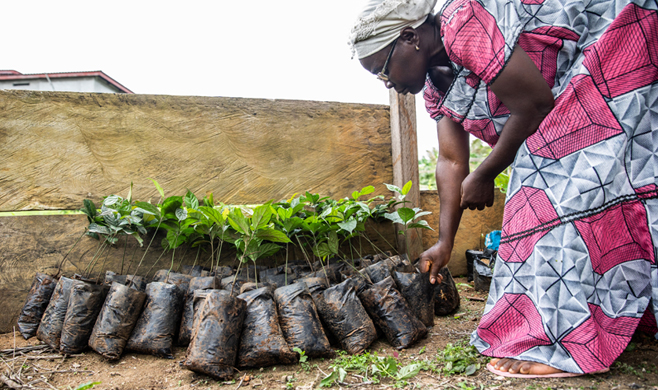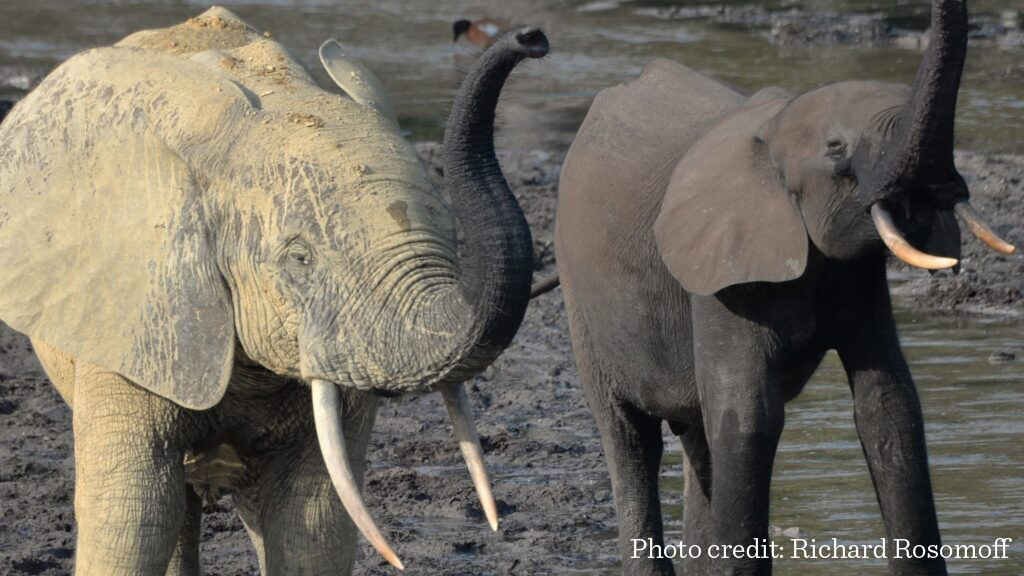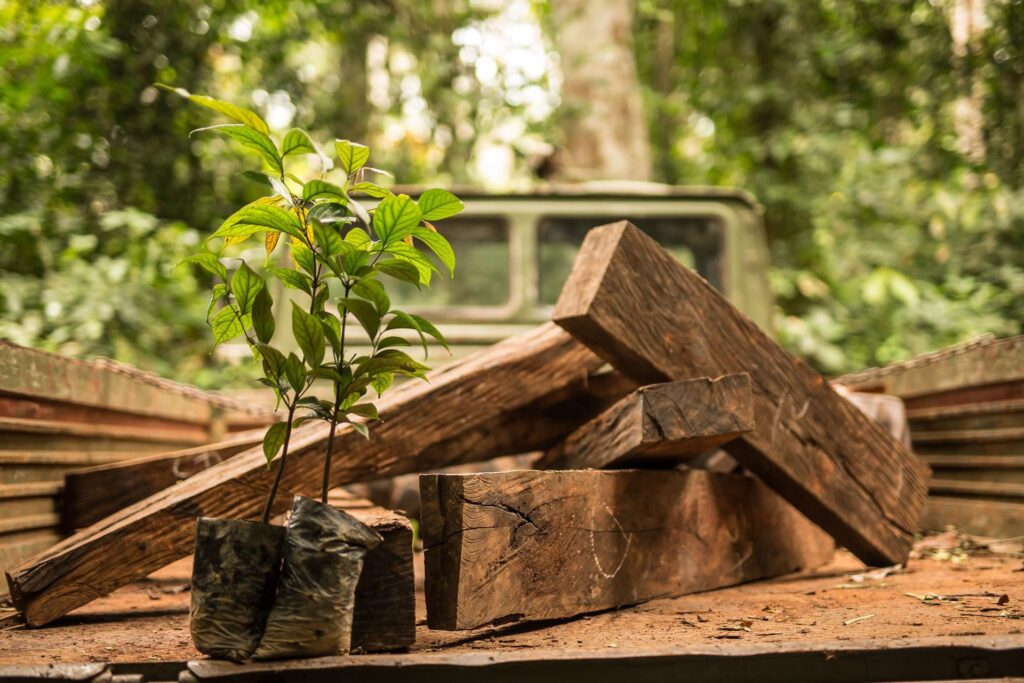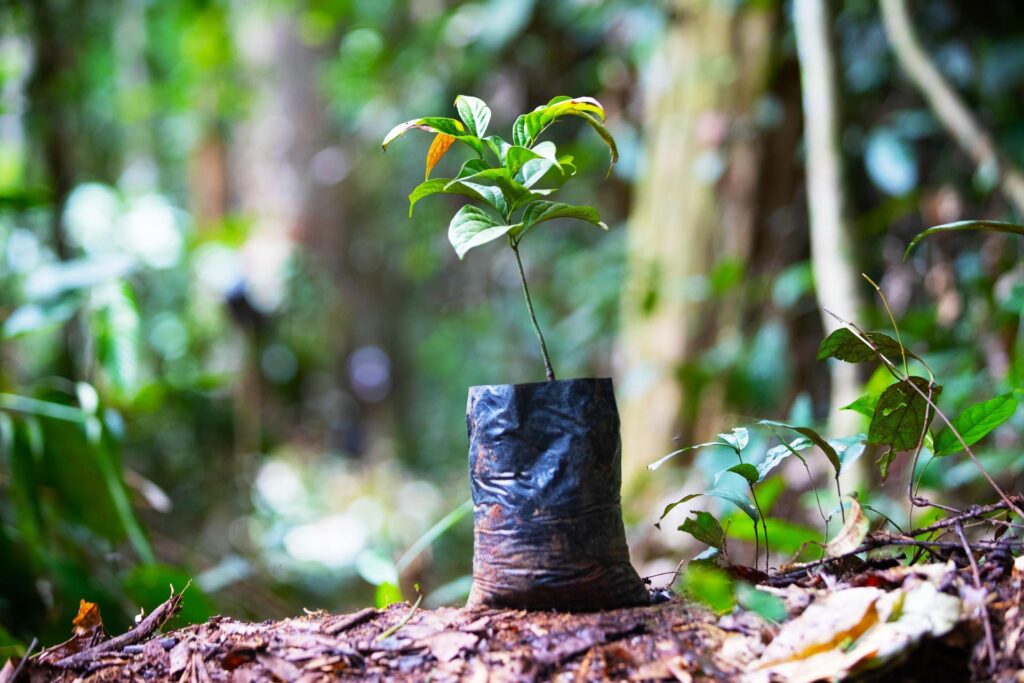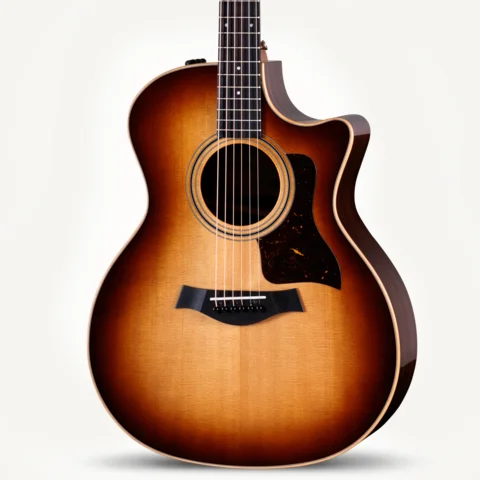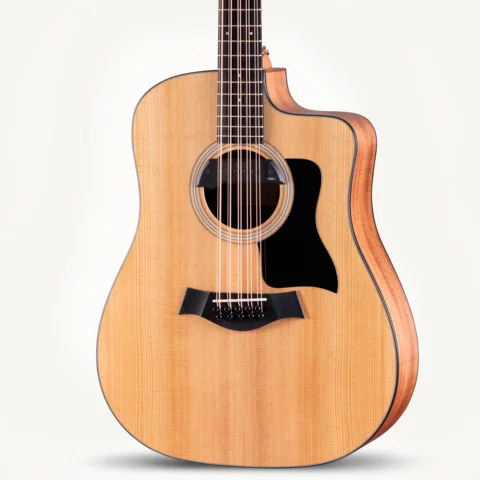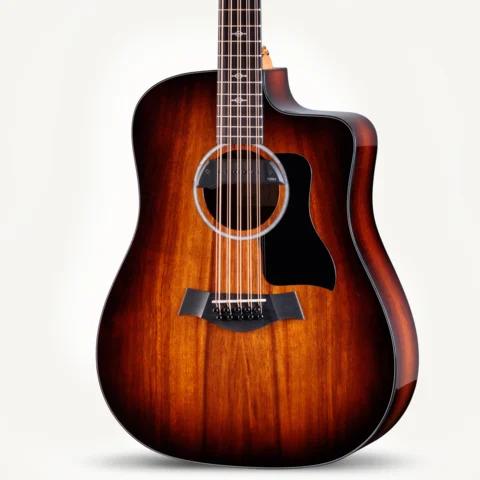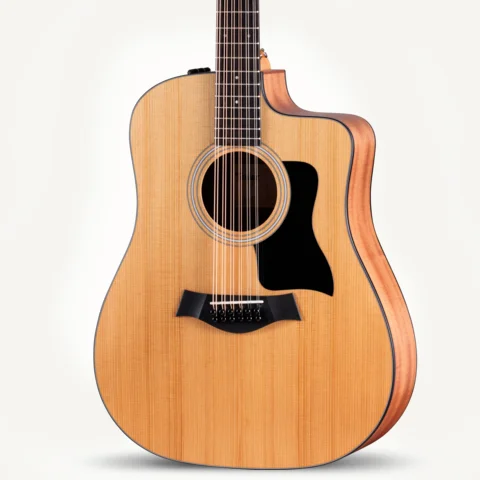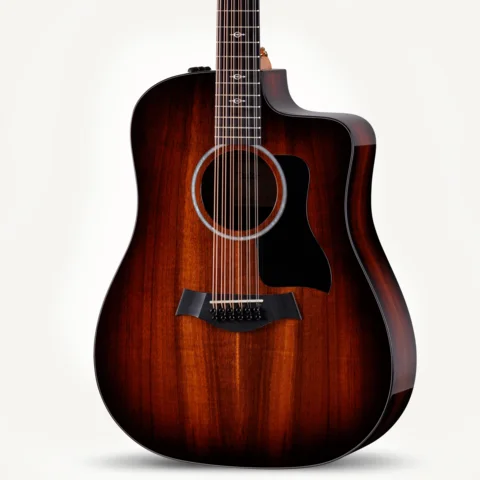A Fresh Assessment
The conservation status of West African ebony was recently upgraded on the IUCN Red List of Threatened Species. In this piece from Wood&Steel Summer 2019, Scott Paul, Director of Natural Resource Sustainability at Taylor Guitars, uses the occasion to delve into the murky details of ebony’s previous assessment and highlights how the scientific advancements of the last 20 years have provided a more accurate picture of the species.
When I joined Taylor Guitars in November of 2016, I asked for a list of wood species we have used to build guitars over the years in order to cross-reference them against the International Union for the Conservation of Nature (IUCN) Red List of Threatened Species. The IUCN Red List is the world’s most comprehensive assessment of the conservation status of biological species. Species are ranked across a seven-point scale, ranging from “Least Concern” to “Extinct.” The Red List also serves as a bellwether for policy makers, conveying a degree of urgency regarding species protection.
The list of woods used at Taylor, while not definitive, included 23 species. Ten were listed as “not yet assessed” by IUCN, and nine had last been assessed in 1998. (A Red List assessment is only valid for 10 years.) The worst-scoring species on my list was West African ebony (Diospyros crassiflora Hiern), classified as “Endangered.” The good news is that IUCN recently changed this to a more optimistic status of “Vulnerable.” This recent development was comforting considering the fact that Taylor co-owns an ebony mill in Cameroon and that every Taylor guitar uses this species on its fingerboards and bridges.
To be honest, I’ve known this change was coming for some time. I attended the Red List re-evaluation workshop that took place in June 2017 in Yaoundé, Cameroon, 20 years after it was last evaluated. As I’ve waited for the results to be peer-reviewed and made official, I kept wondering how two decades earlier IUCN had reached its previous conclusion. Unfortunately, there is very little information available about that earlier process, and the participants at the 2017 evaluation didn’t want to guess. I have great respect for IUCN, but I am also familiar with the current state of knowledge pertaining to West African ebony, and I know that while a fairly precise description of the species’ natural range was published in 1970, the world is only recently coming to understand its abundance or even the basic ecology of this species. Allow me to share a little more historical context to explain this relative lack of information.
While humanity has been studying the natural world for centuries, we have not really examined broader ecosystems or conducted species-level analyses in the tropics for that long. It wasn’t until after World War II, when values and attitudes toward internationalism began to change, that we really got started. One of the earliest attempts to identify an inventory of threatened species came from IUCN when it published the first “Red Data Book,” a loose-leaf file of 135 endangered mammals, in 1960. The first list of endangered plants wasn’t created until 1978. Also remember that while Landsat satellite monitoring of the Earth began in the 1970s, researchers paid a hefty price to obtain even a single specific image, praying that it wasn’t too cloudy the day the image was taken. And the World Wide Web did not get started until 1990. It was not until 2008, when the entire Landsat archive was made available to the public, that researchers were able to study historical trends. But the real milestone in monitoring forest cover didn’t come until 2013, when Matthew Hansen at the University of Maryland released the first global-scale forest data with a granular enough perspective to distinguish change at a sub-regional level. Knowing all of this only deepened my curiosity as to the rationale behind that first IUCN listing, the results of which stood for 20 years as the preeminent fact available on the species. So I began to investigate.
Many Species of Ebony
Before we start, the first thing to keep in mind is that “ebony” does not refer to a single species — more often than not the word is used as a generic name referring to a black, hard, dense, fine-grained wood sourced from several species of the tropics. Most ebony woods come from tree species belonging to the Diospyros genus from the Ebenaceae family. According to the Kew Gardens World Checklist of Selected Plant Families, the Diospyros genus currently includes 732 species worldwide. Of these, 107 are found in continental Africa. The island of Madagascar boasts 91 described species. And according to the Missouri Botanical Garden, there are perhaps another 140 to 155 species in Madagascar alone that still need to be described. All this said, it’s important to note that the majority of these species are small to medium-size trees or even bush-like plants, and only a few are commercially traded. The list of places that produce commercially traded ebony species includes Madagascar, Mauritius, India, Sri Lanka and Western Africa. Diospyros crassiflora Hiern (a.k.a. West African ebony), the species that IUCN just moved from “Endangered” to “Vulnerable,” grows in the Congo Basin — more technically, the Guineo-Congolian region. Most of these commercially traded species have the density and durability to withstand the considerable wear-and-tear of a stringed instrument fingerboard, such as a violin and cello, and are superbly good for holding metal frets in place at a precise height over time on a guitar.
The 1998 Evaluation of the Species
It turns out that the original decision to list West African ebony as “Endangered” was actually made in 1996 at a Red List African Regional Workshop in Zimbabwe. The findings did not become official until 1998. In Zimbabwe, the official Red List process of that time was followed, and a series of specific questions were asked and answered, but from what I can gather, a major determining factor to list the species as “Endangered” was based on an assumption that the overall population of West African ebony either observed, estimated, inferred or suspected had decreased or potentially decreased by 50 to 80 percent. This was justified in the assessment by the statement: “Virtually all large trees of this species have been felled for the ebony wood, except perhaps in the most remote parts of its range.”
That “50 to 80 percent in the last century” decrease seems curious in hindsight, especially with some additional historical context and research data. The broader ebony trade traces back to the ancient Egyptians, who brought ebony species to the Nile River region through tribute and trade “from the south,” likely from the transition zone between the continent’s northern Sahara and southern Savanna known as the Sahelian. Elsewhere, the historical record tells us that different ebony species were traded by Arab merchants from the northern coast of Madagascar as early as the year 800. On the Indian Ocean island nation of Mauritius, ebony (D. tesselleria) was heavily exploited during the 18th and 19th centuries, but is now the most common and least threatened species on Mauritius. Sadly, the same cannot be said for ebony from Madagascar or ebony from Sri Lanka and India (D. ebenum), where the resources have been over-exploited. In Western Africa, where the specific species of ebony we’re focusing on comes from, the Portuguese first began to trade it, along with elephant ivory and slaves, in the 15th century. In the 19th century, with the abolition of slavery, the trade in ebony began to grow, but with few exceptions, mostly along the coast and navigable waterways of Gabon, Cameroon, Equatorial Guinea and Nigeria. Interior logging did not really begin until after World War II, following the development of road and rail systems under European administration. Today we know that the natural range of the species extends across millions of square miles from the coastline eastward across to the Republic of Congo and virtually to the eastern edge of the Democratic Republic of the Congo. Ebony’s range also bleeds north into Southeastern Nigeria and the Central African Republic. If you understand this range and then analyze historical deforestation data over this area (or in my case call a bunch of people who do), the previously estimated loss of 50 to 80 percent of the regions ebony trees cannot be justified.
Improved Inventory Technology
More recently, using a combination of satellite data and field research, the Congo Basin Institute estimated in 2017 that there could be as many as 30 million ebony trees with a breast-height diameter of at least four inches (10 cm) scattered across Central West Africa. That’s the good news, and part of the reason that IUCN saw fit to change the conservation status of Diospyros crassiflora Hiern. The reevaluation process also considered the fact that an active restoration initiative, i.e., the Taylor-funded Ebony Project, was underway. Ultimately they concluded that the overall population of mature trees either observed, estimated, inferred or suspected was not believed to have been reduced by 50 to 80 percent.
I’m heartened by recent scientific advancements in our understanding of this species and thankful that IUCN moved its conservation status to “Vulnerable.” The Red List is indeed the world’s most comprehensive inventory of the global conservation status of biological species, but that’s a relative term. The exercise to analyze and understand life on Earth is far from complete. In many ways it’s just beginning — in particular when it comes to plants.
I would add only that while the listing of West African ebony (D. crassiflora Hiern) as “Vulnerable” is an improved forecast, the status should not be taken lightly. Indeed, the fate of the world’s remaining forests, and the individual species within them, should not be taken lightly. There are 7.7 billion people on the planet, all in search of food, fiber and fuel. If the forests that provide the things we use are not scientifically understood and well-managed, then many of these things will simply not be available for future generations. On the other hand, if we understand and value them, then maybe they will.

























